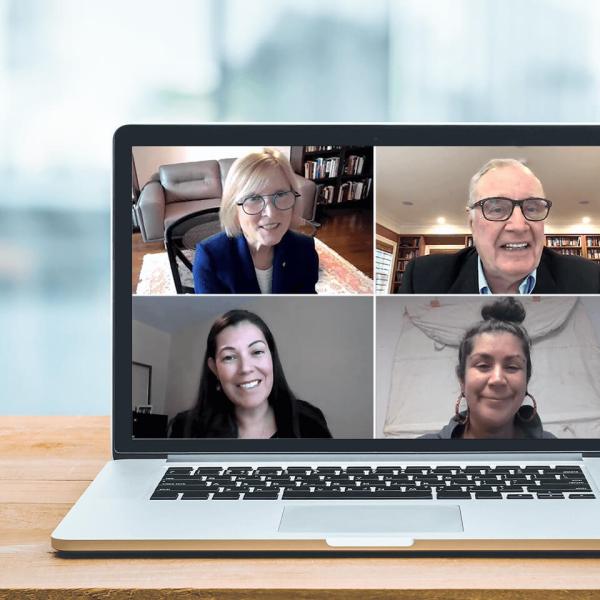Thinking about numbers and quantity is at the heart of so many of the choices we make. When we look for the shortest line in the grocery store, choose to sit in the least busy part of a train or gauge how much wine in our glass is enough, we are relying on our innate ability for quantitative reasoning.
But despite how pervasive this kind of reasoning is in human cognition, scientists still know little about how — in combination with language — it brings about uniquely human concepts such as symbolic mathematics. Nor is it fully understood how young people acquire this way of thinking, or why they sometimes struggle to do so.
Researchers at the University of British Columbia’s Centre for Cognitive Development are investigating how human minds reason and decipher numbers and quantity, how these abilities develop from preschool onward, and how they relate to higher cognitive abilities.
Math can be tricky, but why?
“Why do kids learn certain things really quickly and really easily and yet struggle to learn other things?” asks Darko Odic, director of the Centre. One example that Odic’s team explores in depth is the contrast between how children acquire language compared to how they acquire math skills.
“Every kid, by the time they’re five years old, is pretty much an expert in knowing their first language in terms of the syntax and vocabulary,” Odic explains. “And yet, other concepts that are simpler than language in principal, like basic arithmetic, are something that a lot of us struggle with, even though we’ve had decades of explicit instruction on it.”
To get to the heart of why this is the case, Odic and his team work with children to better understand what we inherently understand about numbers, and what we need to go beyond our intuition to learn.
What they’ve found is that, although estimating quantity might be a basic survival skill we’ve acquired in our evolution, the math we use for more precise calculations isn’t nearly as ingrained.
“Our inherent number system is not particularly well designed for representing numbers explicitly and exactly,” says Odic. “When you’re using your intuitive number system, being able to tell apart 10 apples in a tree from 20 apples in a tree is pretty easy. But being able to tell apart 20 from 19? It’s almost impossible. The inherent imprecision in our perception of number doesn’t allow these nearby numbers to be detectable as different.” That can be a problem for kids learning math, especially since much of what is taught — addition, subtraction, even counting — is about exact numbers.
To guesstimate is human
Darko Odic explains how our inherent ability to estimate quantity is important in human evolution and survival — Is this band of charging animals bigger than my group? — but has its limits when it comes to more exact mathematics
3 minutes, 27 seconds to listen





